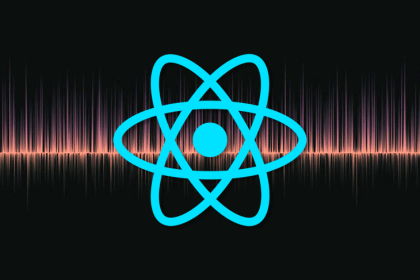
The React Speech Recognition Hook easily translates speech into text, so your app can perform tasks based on verbal user commands.
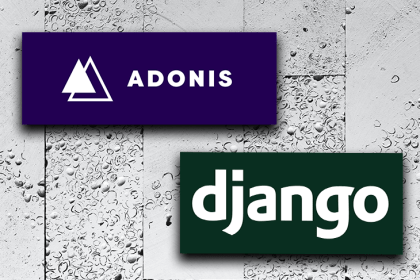
Trying to decide the web framework for your next project? This article provides an overview of both the AdonisJS and Django web frameworks.
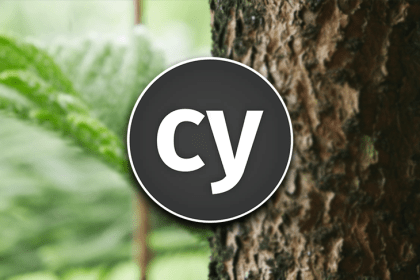
Cypress is one of the fastest-growing tools for automating and testing web applications, and the latest version has some exciting features.
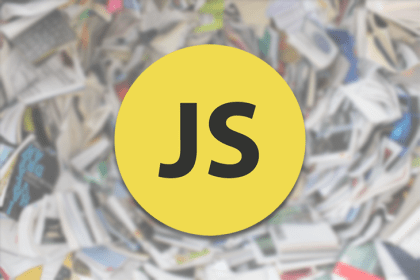
Compare different garbage collection algorithms in JavaScript and Node.js and understand how they work in the browser and server.
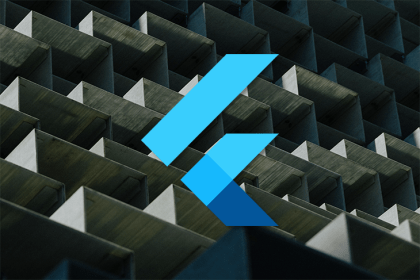
Draw and manage complex shapes to implement in your user interface with Flutter’s CustomPaint widget and Shape Maker tool.
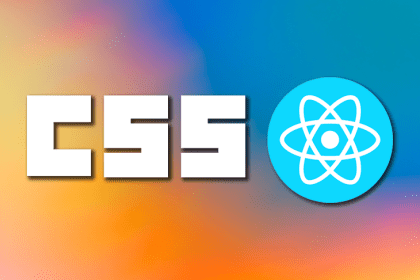
Learn how to use Flexbox, a CSS tool that enables you to build layouts to fit multiple screen sizes, in React Native apps.
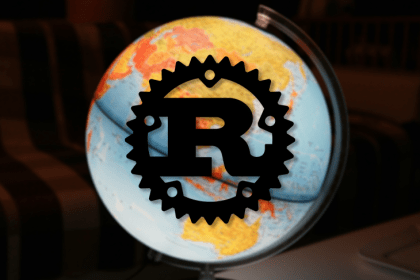
Make apps globally accessible by adapting content to suit users in different regions by using one of Rust’s 8 internationalization API tools.
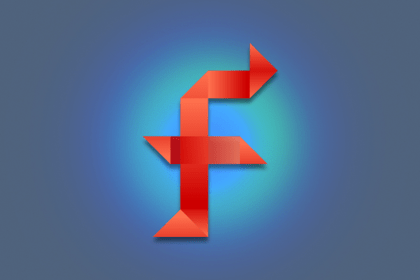
Examine the differences in behavior between React and Forgo, a lightweight UI runtime for creating web apps.
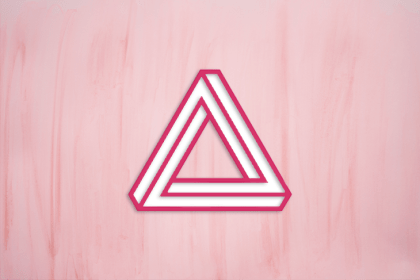
Aleph.js is an up-and-coming Rust powered framework that aids developers in customizing and deploying webpages in dynamic ways.

MVC is an architectural pattern for building software applications. In this article. we zoom in on a component of the MVC that is underused.
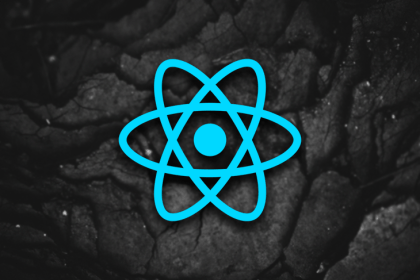
useStateUsing React Hooks, like useState, allows you to ditch class-based components, but are you cultivating bad practice? Find out here.
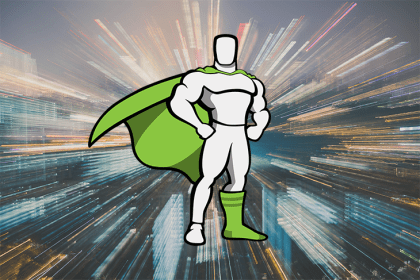
GSAP is a great choice for web animation library for those who prioritize speed, flexibility, and control.